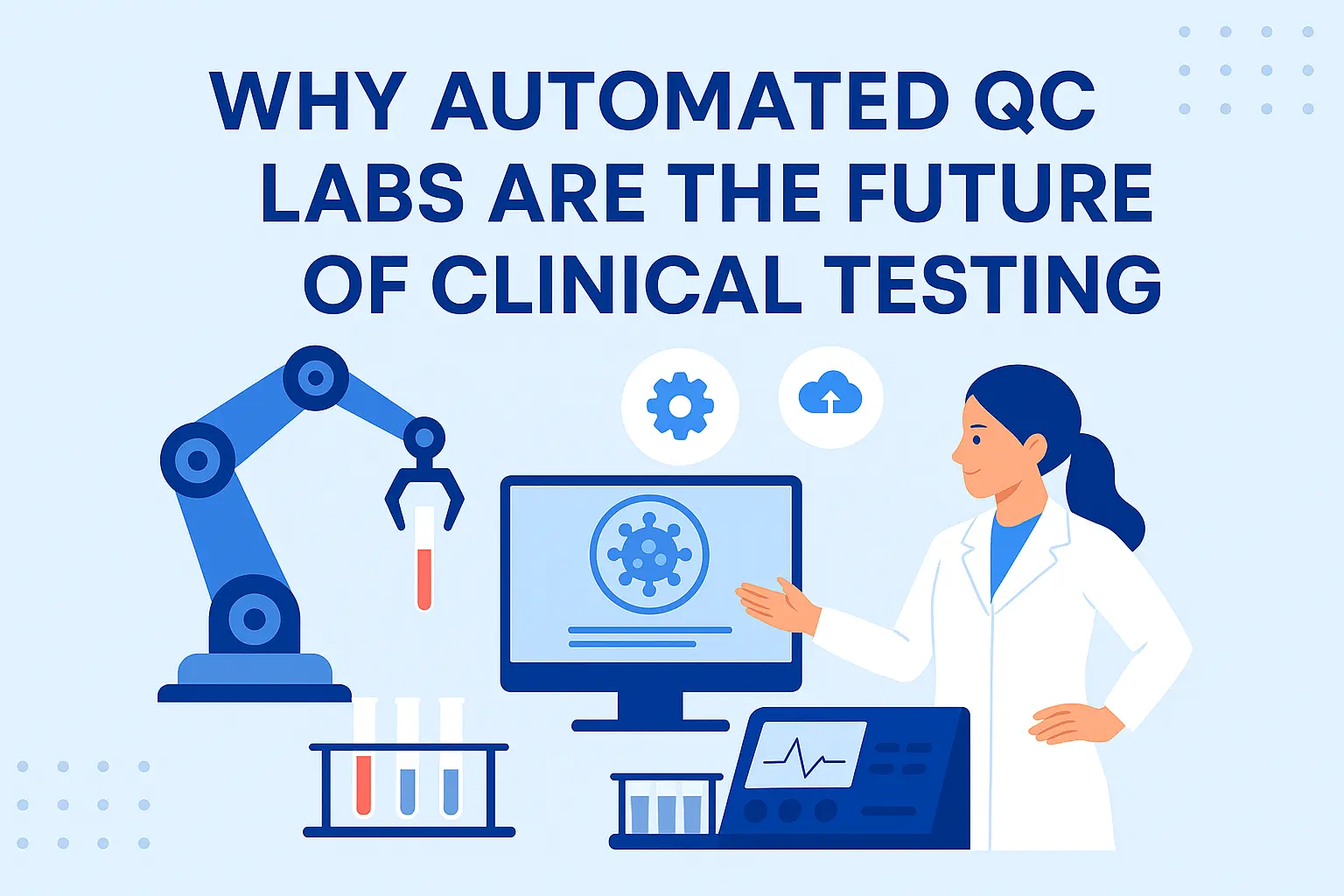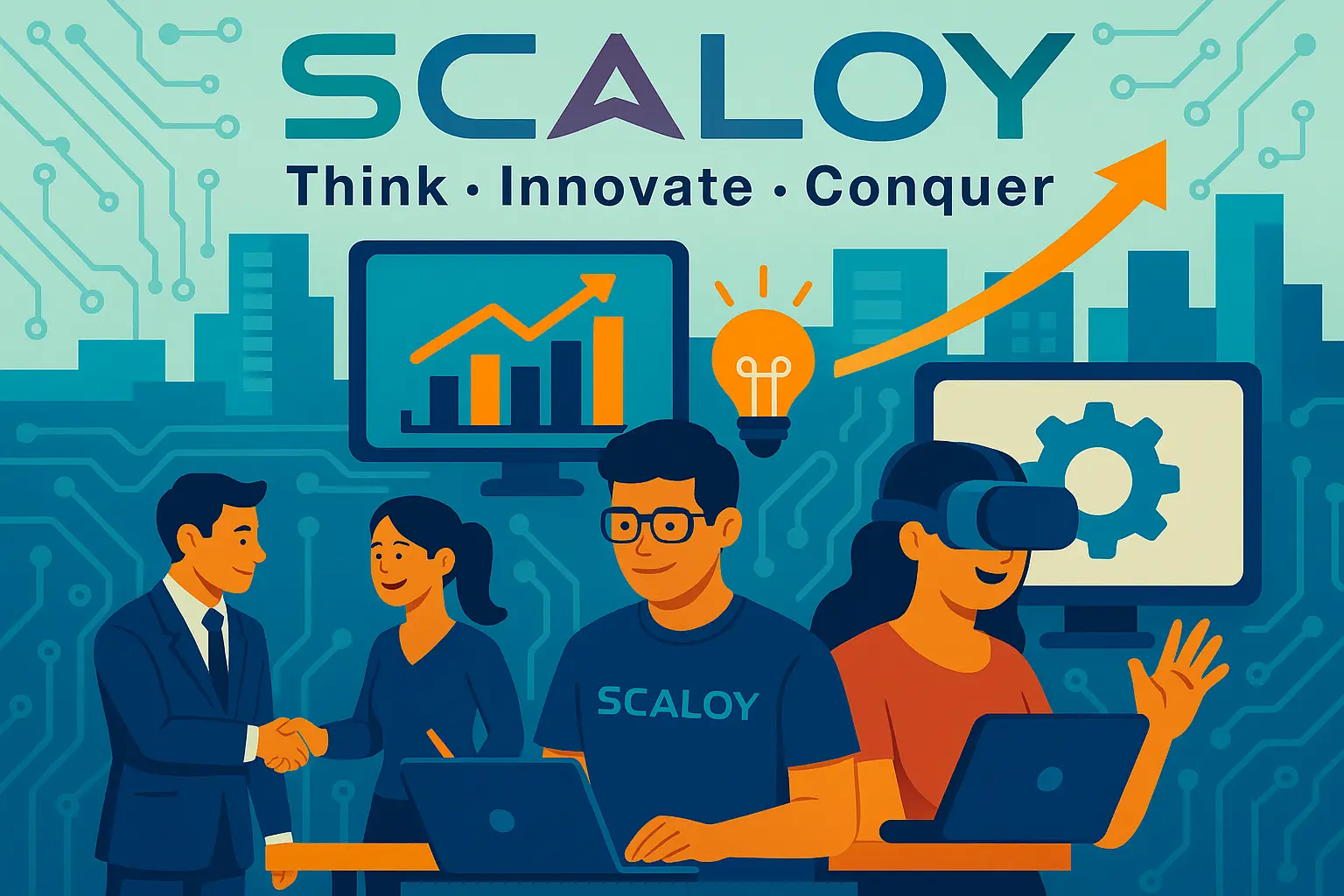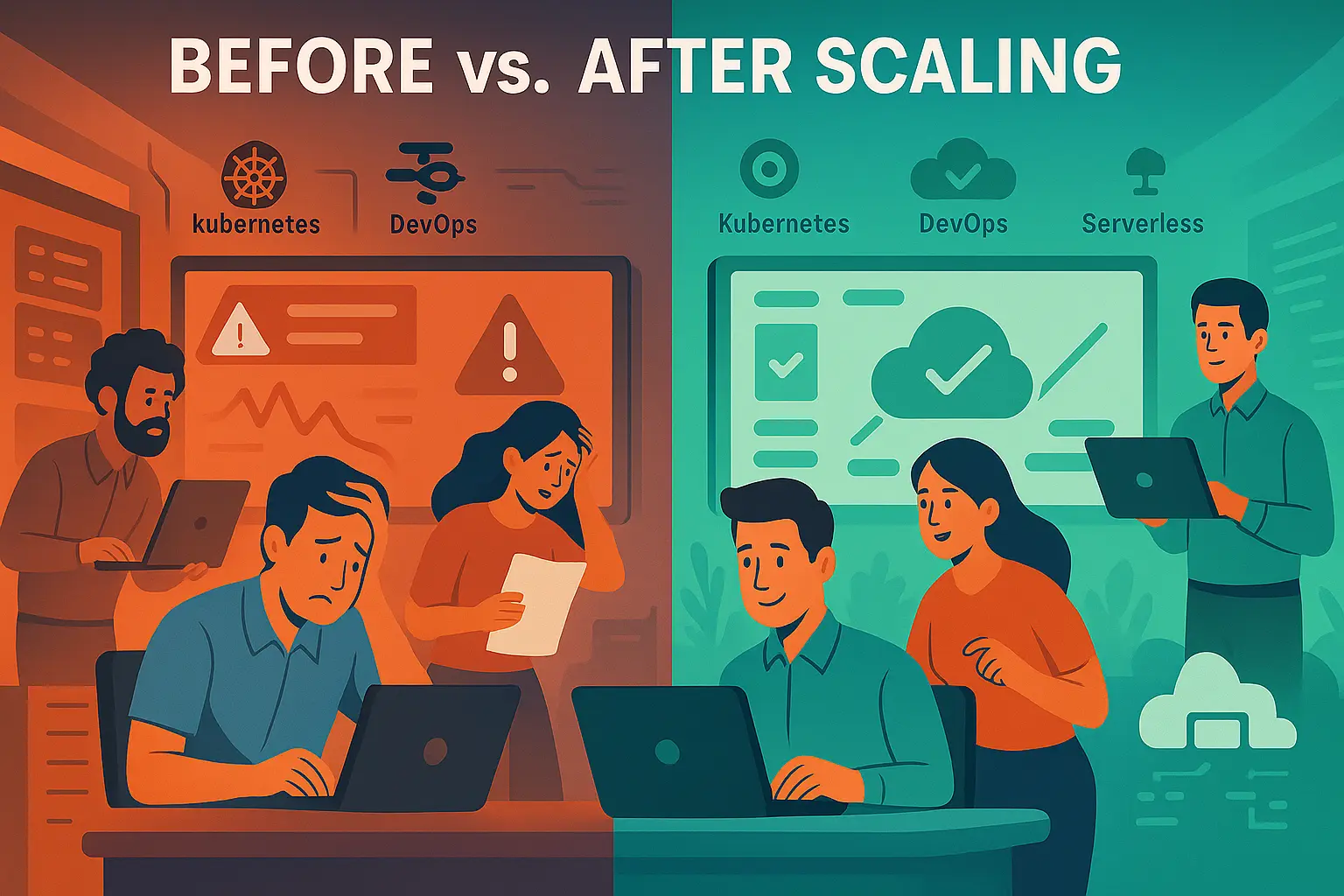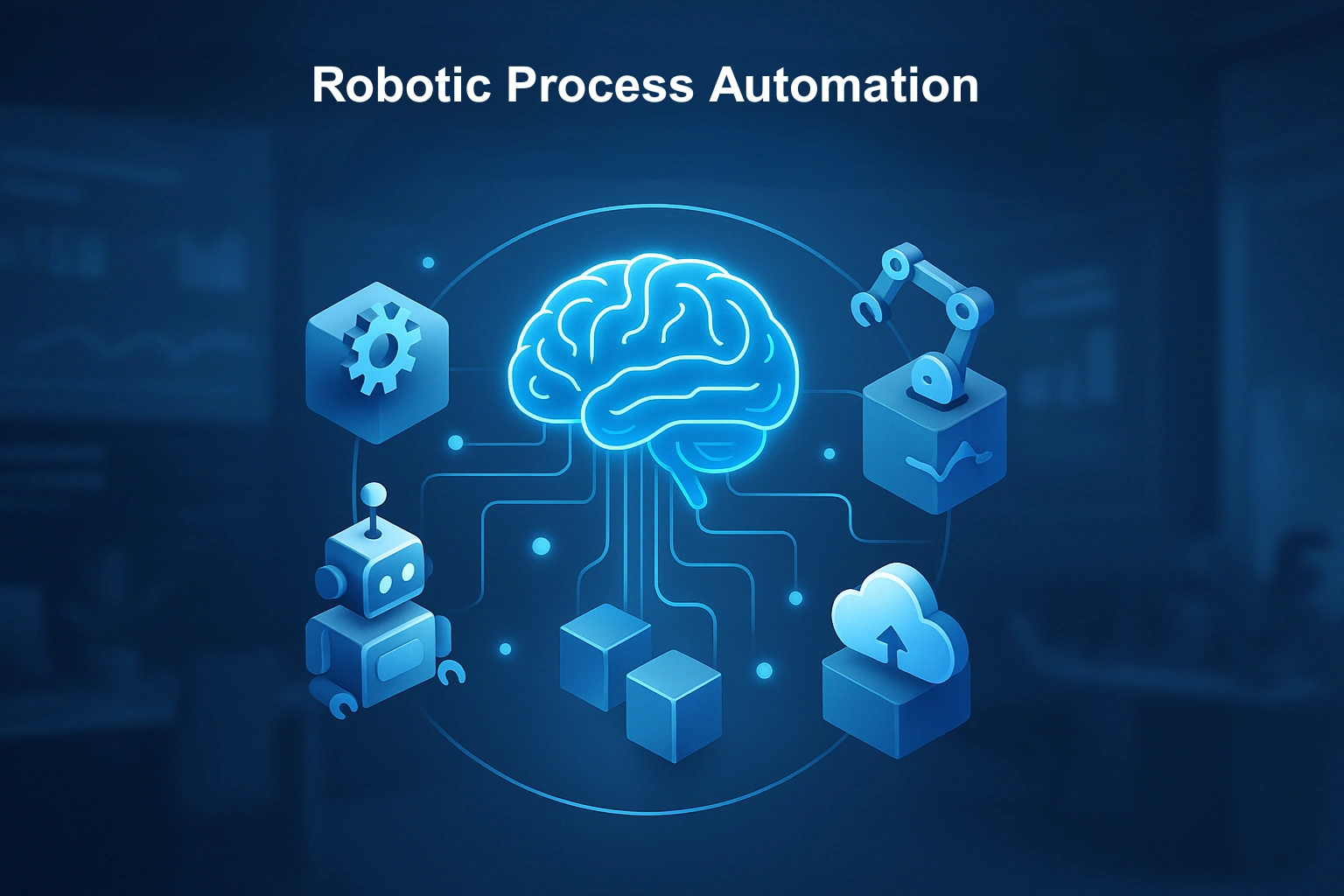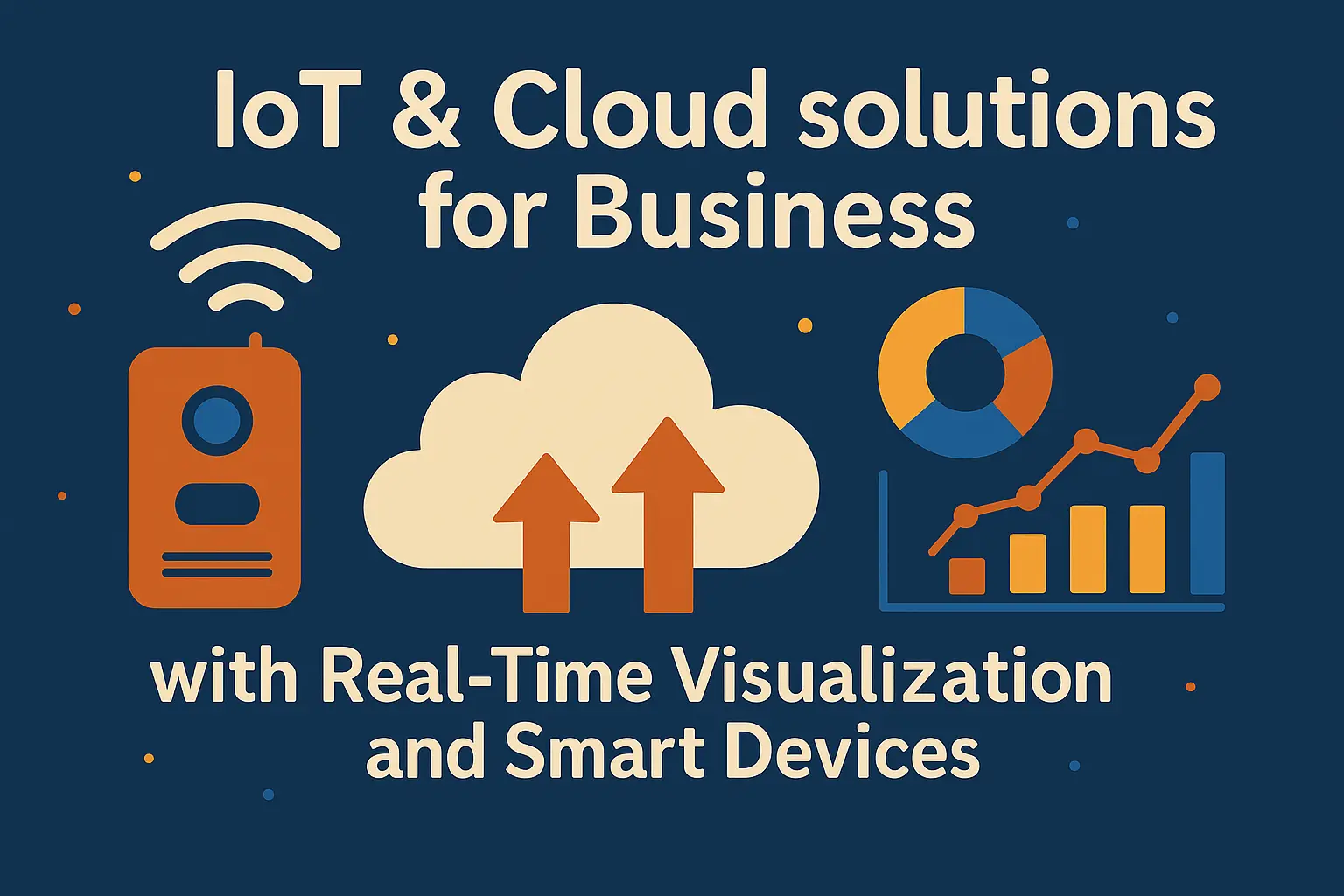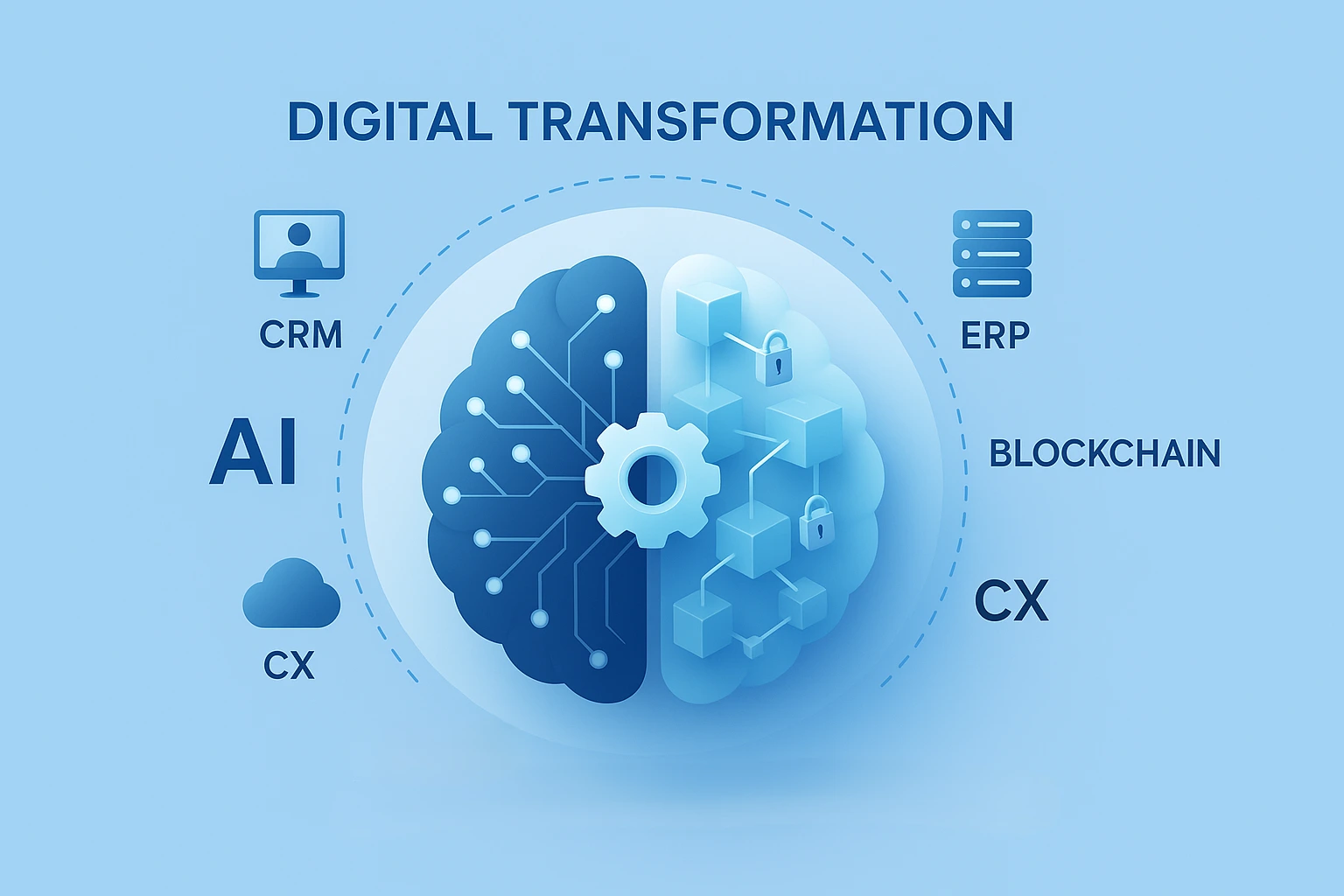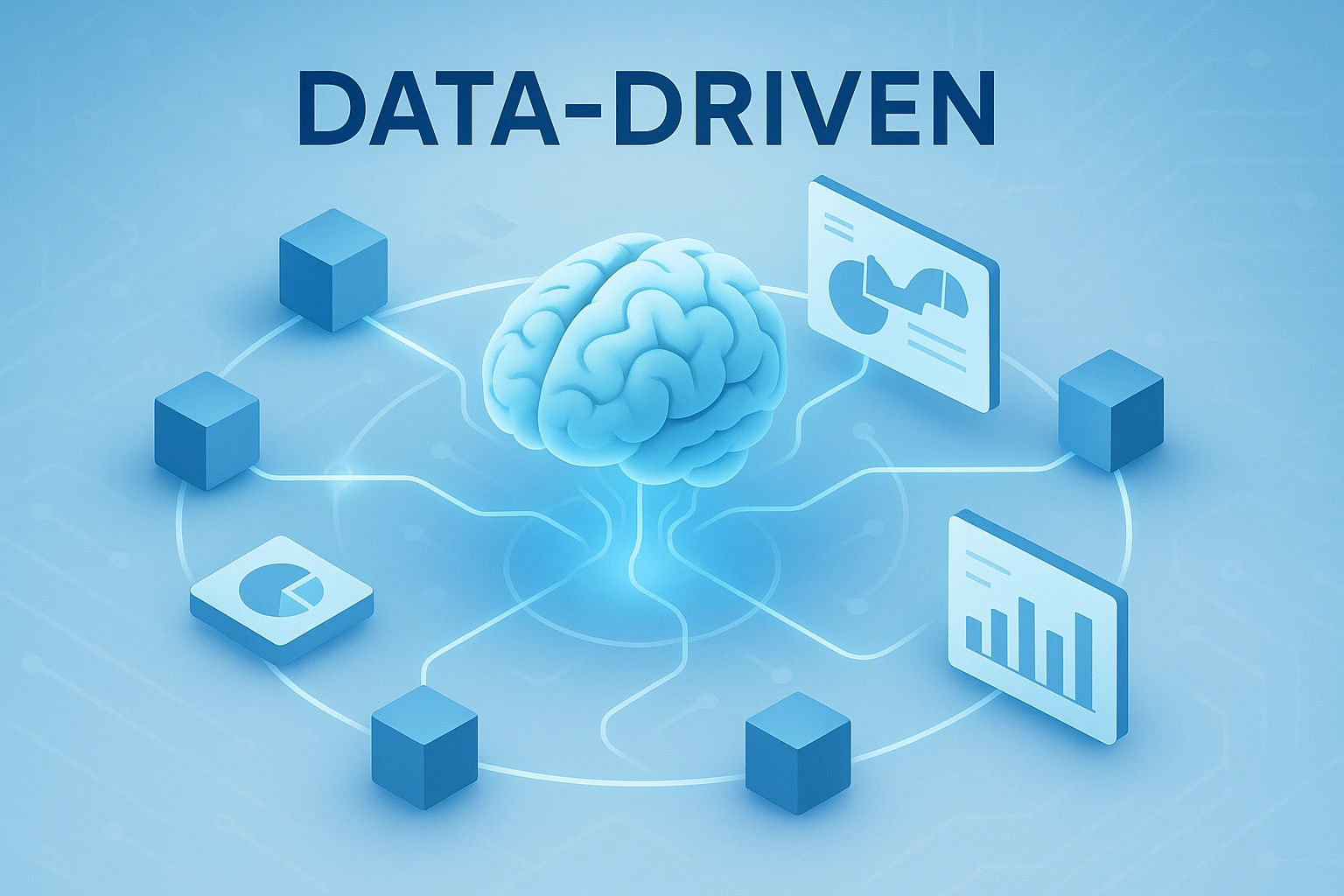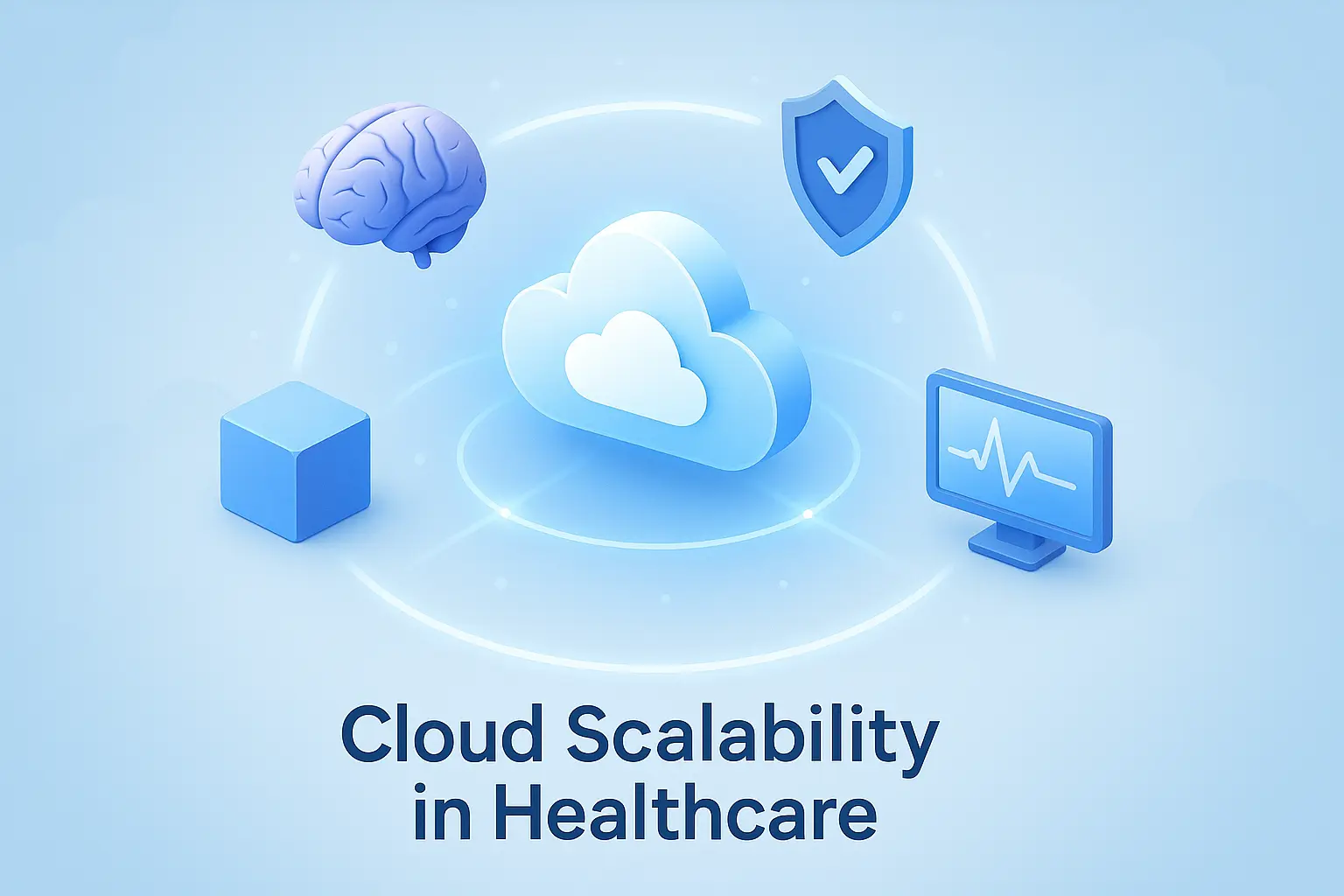Post By

Cyber Security
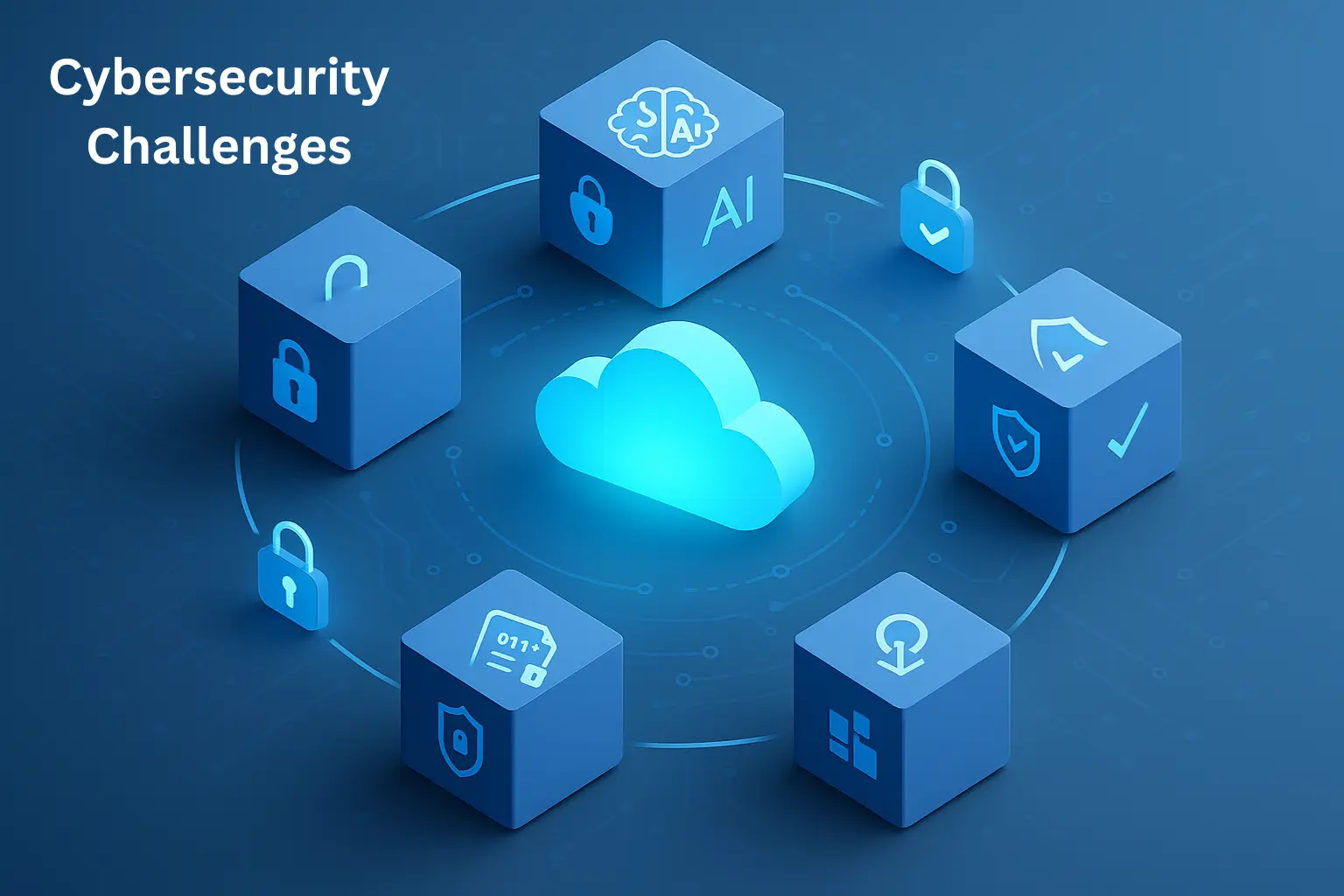
As digital transformation accelerates, organizations across industries are under pressure to scale operations rapidly. Yet, this expansion brings a wave of cybersecurity threats that can undermine even the most ambitious growth strategies. In 2025, businesses face a new era of complex cyber risks ranging from ransomware and insider threats to advanced persistent threats and regulatory challenges. Without robust cybersecurity, scaling becomes a fragile endeavor, exposing enterprises to disruptions and financial losses. At Scaloy, we make cybersecurity a foundation of digital scaling. By integrating secure-by-design principles, AI-driven monitoring, and compliance-ready frameworks, we empower organizations to innovate without fear. This blog explores the evolving threat landscape, the key cybersecurity challenges businesses face in 2025, how Scaloy addresses them, and practical insights for building resilient digital infrastructures. Cyber threats in 2025 are no longer isolated incidents carried out by lone hackers. They are coordinated, global, and often weaponized by criminal networks and nation-state actors. A 2025 Cisco Security Trends Report revealed that phishing, ransomware, and cloud misconfigurations are among the leading attack vectors targeting cloud-first businesses. Organizations that underestimate these risks not only face reputational and financial damages but also jeopardize customer trust. In this high-stakes environment, cybersecurity must be woven into every aspect of growth initiatives, from infrastructure to supply chains. Scaloy ensures businesses adopt a proactive, layered defense model tailored for today’s evolving threats. By embedding cybersecurity into scaling strategies, organizations gain measurable advantages: To strengthen defenses and prepare for evolving risks, Scaloy recommends businesses adopt these practices: In 2025, scaling without cybersecurity is no longer an option. The risks of ransomware, misconfigurations, insider threats, and zero-day exploits demand a proactive, future-ready strategy. Scaloy equips organizations with advanced monitoring, compliance frameworks, and secure-by-design development to ensure growth is resilient and secure. By embedding cybersecurity into every stage of scaling, businesses can expand with confidence and safeguard long-term success.
The Evolving Threat Landscape: Why Cybersecurity is Non-Negotiable
Top Cybersecurity Challenges Businesses Face in 2025 and Scaloy’s Solutions
Key Benefits of a Secure Scaling Approach
Best Practices for Cybersecurity in 2025
Case Studies: Scaloy’s Proven Cybersecurity Success
Our Cybersecurity Implementation Process
Conclusion
What are the top cybersecurity threats in 2025?
The most critical threats include ransomware, insider errors, advanced persistent threats, supply chain risks, cloud misconfigurations, compliance violations, and zero-day vulnerabilities.
How does Scaloy help businesses fight ransomware?
Scaloy prevents ransomware with AI-driven anomaly detection, real-time encrypted backups, and rapid response frameworks that minimize downtime and data loss.
Why are insider threats such a major risk?
Insider threats often involve human error, such as weak passwords or phishing clicks. They account for over 80% of breaches. Scaloy addresses this through awareness training and access controls.
What role does compliance play in cybersecurity?
Compliance with GDPR, HIPAA, CCPA, and DPDPA ensures businesses protect sensitive data, avoid fines, and build trust. Scaloy provides audit-ready governance and data protection modules.
How can businesses reduce risks from third-party vendors?
Scaloy conducts vendor risk assessments, enforces SBOM transparency, and secures APIs, ensuring businesses are not exposed to vulnerabilities in third-party ecosystems.
Why are cloud misconfigurations so dangerous?
Cloud misconfigurations expose sensitive data to the public internet. Scaloy prevents this with automated cloud posture management, audits, and real-time remediation tools.
What is Scaloy’s approach to zero-day vulnerabilities?
Scaloy leverages threat intelligence feeds, real-time vulnerability scanning, and automated patch rollouts to stay ahead of zero-day exploits and reduce exposure time.
How does Scaloy integrate security into software development?
We follow a Secure Software Development Life Cycle (SSDLC), with secure coding practices, static and dynamic code reviews, and automation via DevSecOps.
Which industries benefit most from Scaloy’s cybersecurity solutions?
Scaloy supports industries like healthcare, fintech, SaaS, e-commerce, and logistics, offering tailored security frameworks that ensure compliance and resilience.
What best practices should businesses adopt for 2025 cybersecurity?
Best practices include embedding security at design, investing in anomaly detection, promoting employee awareness, unifying tools, and ensuring continuous compliance monitoring.

Discover our other blogs.
Automated QC
Speed, accuracy, and efficiency are critical in the rapidly evolving field of diagnostics and...

Yash Patel
Jul 10, 2025
Scaloy Success Stories
In today’s dynamic corporate environment, embracing the right technology is no longer o...

Ankit Patel
Jun 20, 2025
Scalability
In the ever-accelerating digital era, where speed, resilience, and adaptability are more than...

Vasu Patel
Jun 1, 2025
RPA
In today’s fast-paced business world, speed, precision, and innovation define success. ...

Isabella Rossi
May 10, 2025
IOT Takeover
Imagine receiving care, diagnosis, and monitoring from a network of intelligent medical devic...

Ishita Choudhury
Apr 23, 2025
IOT In Healthcare
The healthcare industry is undergoing a paradigm shift. Rising demands, growing costs, and th...

Noah Fischer
Apr 6, 2025
IOT
In today’s digital-first economy, businesses are under increasing pressure to process m...

Emma Williams
Mar 20, 2025
Digital Transformation
In an era of accelerating change, digital transformation is no longer a choice but a necessit...

Siddharth Nair
Mar 3, 2025
Data Driven Strategies
In today’s hypercompetitive digital economy, data has become more than just information...

Liam Johnson
Feb 17, 2025
Cloud Native Healthcare
The healthcare industry is experiencing rapid digital acceleration. From electronic health re...

Kavya Iyer
Jan 31, 2025

